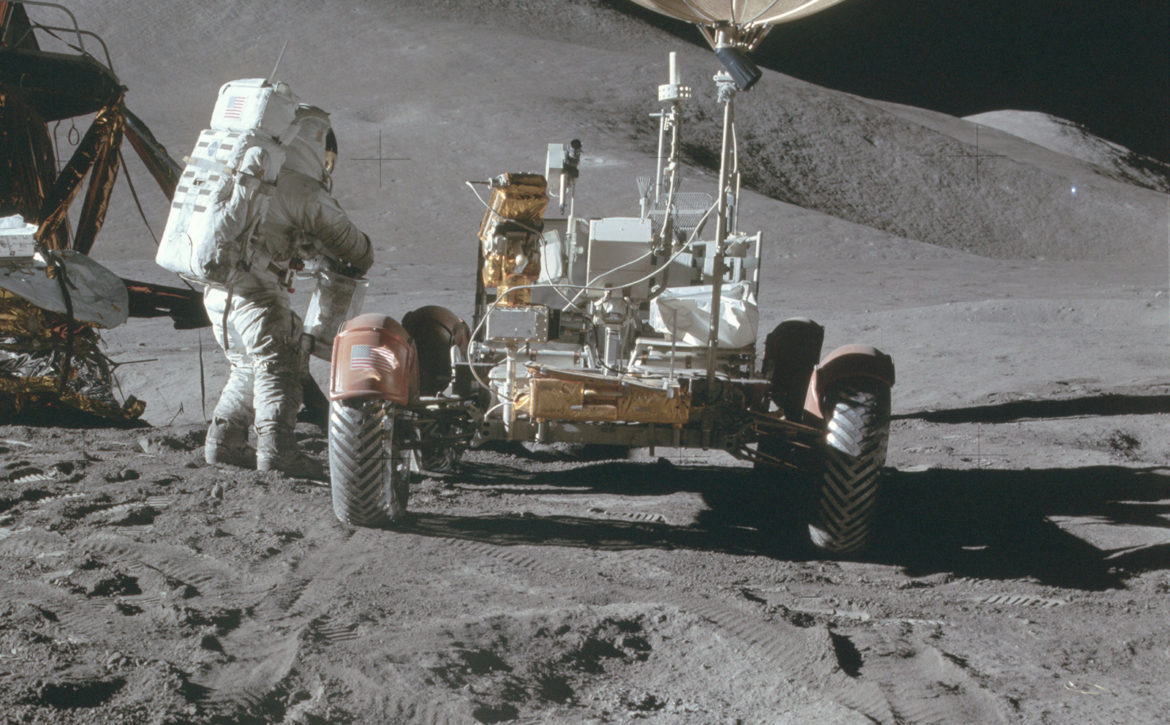
People first drove on the Moon 50 years ago today
NASA just celebrated another major moment in the history of Moon exploration. The New York Timesnoted that July 31st, 2021 marks the 50th anniversary of the Lunar Roving Vehicle’s first outing — and the first time people drove on the Moon. Apollo 15 astronauts Dave Scott and Jim Irwin took the car on a stint to collect samples and explore the lunar surface more effectively than they could on foot.Scott and Irwin would eventually drive the rover two more times (for a total of three hours) before returning to Earth. The Apollo 16 and 17 missions each had an LRV of their own. There was also a fourth rover, but it was used for spare parts after the cancellation of Apollo 18 and further missions. All three serving models remained on the Moon.Early development was problematic, in no small part due to the lack of real-world testing conditions. They couldn’t exactly conduct a real-world test drive, after all. The team eventually settled on a collapsible design with steel mesh wheels that could safely handle the Moon’s low gravity, lack of atmosphere, extreme temperatures and soft soil.The LRV was modest, with a 57-mile range, four 0.19kW motors and an official top speed of 8MPH. It was also expensive, with cost overruns bringing the price of four rovers to $38 million (about $249 million in 2021 dollars). It was key to improved scientific exploration during the later stages of the Apollo program, though, and it was also an early example of a practical electric vehicle — humans were using a battery-powered ride on the Moon decades before the technology became mainstream on Earth.We wouldn’t count on humans driving on the Moon any time soon, although that reflects the progress made in the 50 years since. NASA and other space agencies are now focused on robotic rovers that can explore the Moon without worries about crew safety. Those humans that do go on rides will likely use autonomous vehicles. Think of this anniversary as celebrating a first step toward the technology you see today.
Read More


